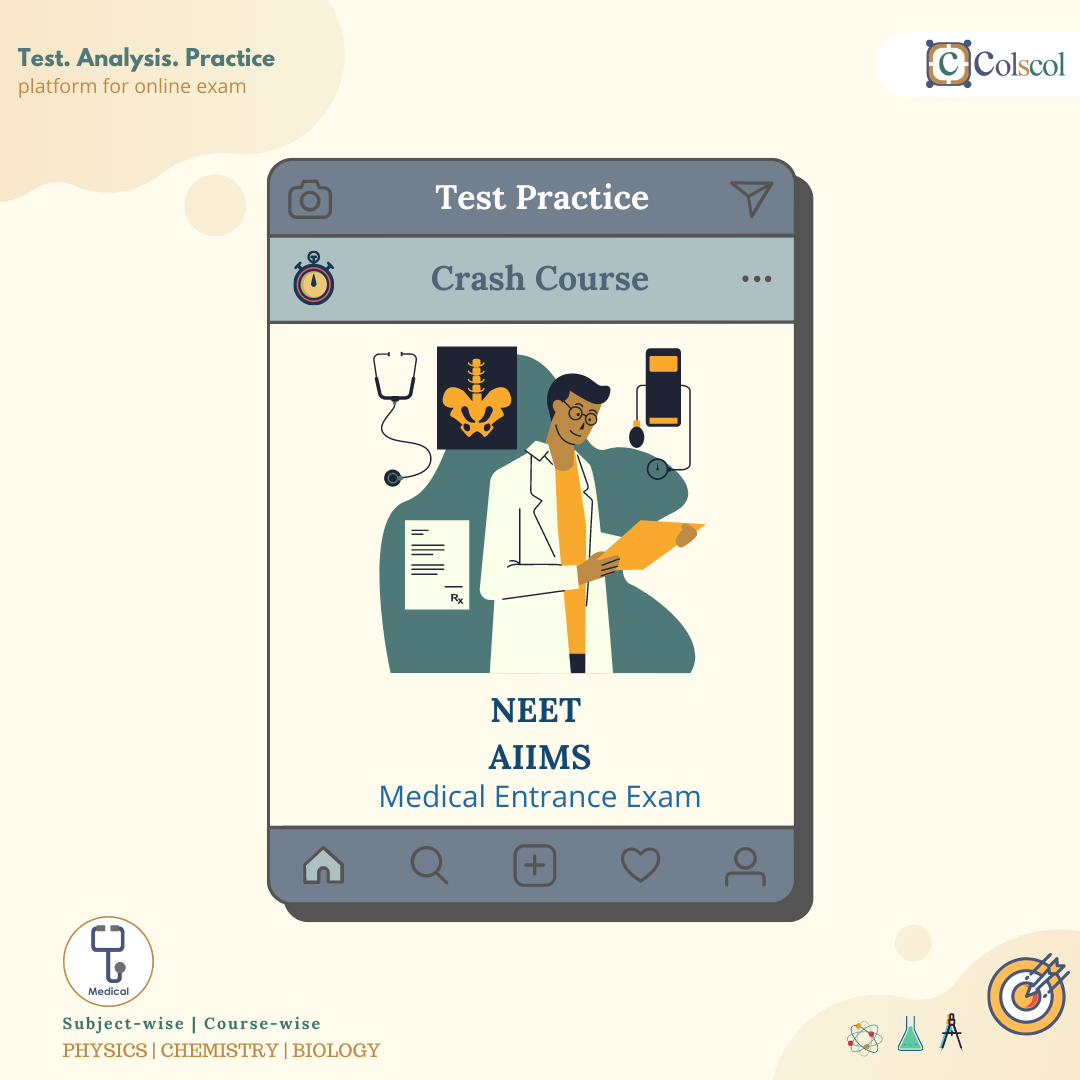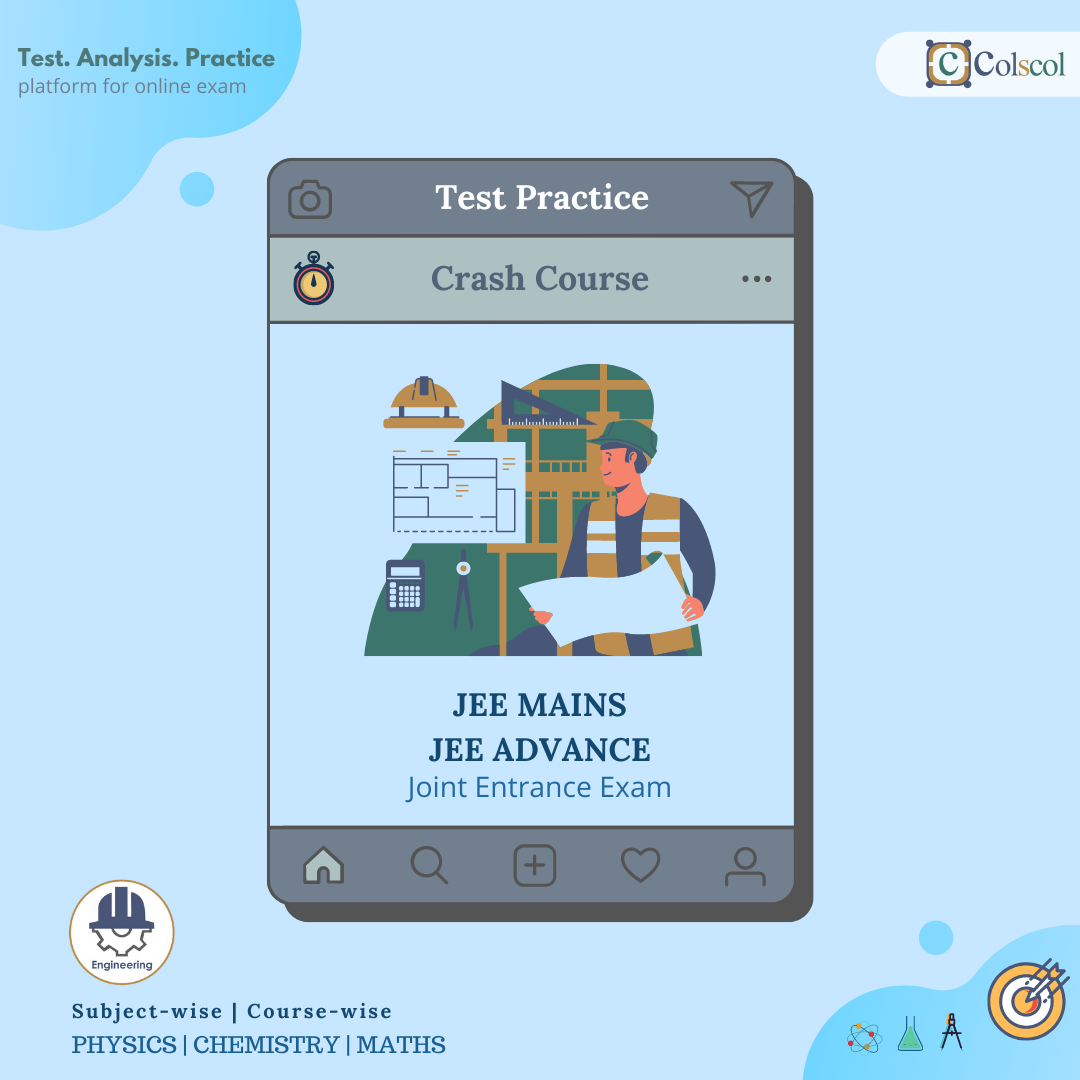CBSE is a well known and reputed board and provides standard education to all the students by imparting comprehensive syllabus in appropriate manner. Colscol Expert Teacher Team teach you online syllabus for class 9 Physics subject, designed after a proper study and research. Class 9 Physics syllabus is helpful as it provides adequate knowledge on concerned topics and units specified in the syllabus. The class 9 syllabus is available online and can be downloaded in any format easily
CBSE is also known for its flexible and well framed syllabus patterns that can be adapted by any kind of students of different potentials, and give every chance to score well in class 9 exams.
TOPICS
- Motion
- Force and Laws of Motion
- Gravitation
- Work and Energy
- Sound
1.A. Describing Motion
1.B. Measuring the Rate of Motion
1.C. Rate of change of Velocity
1.D. Graphical Representation of Motion
1.E. Equations of motion by Graphical method
2.B. First Law of Motion
2.C. Inertia and Mass
2.D. Second Law of Motion
2.E. Third Law of Motion
2.F. Conservation of Momentum
3.B. Free Fall
3.C. Mass
3.D. Weight
3.E. Thrust and Pressure
3.F. Archimedes’ Principle
3.G. Relative Density
4.B. Energy
4.C. Rate of doing Work
5.B. Propagation of Sound
5.C. Reflection of Sound
5.D. Range of Hearing
5.E. Applications of Ultrasound
5.F. Structure of Human Ear




